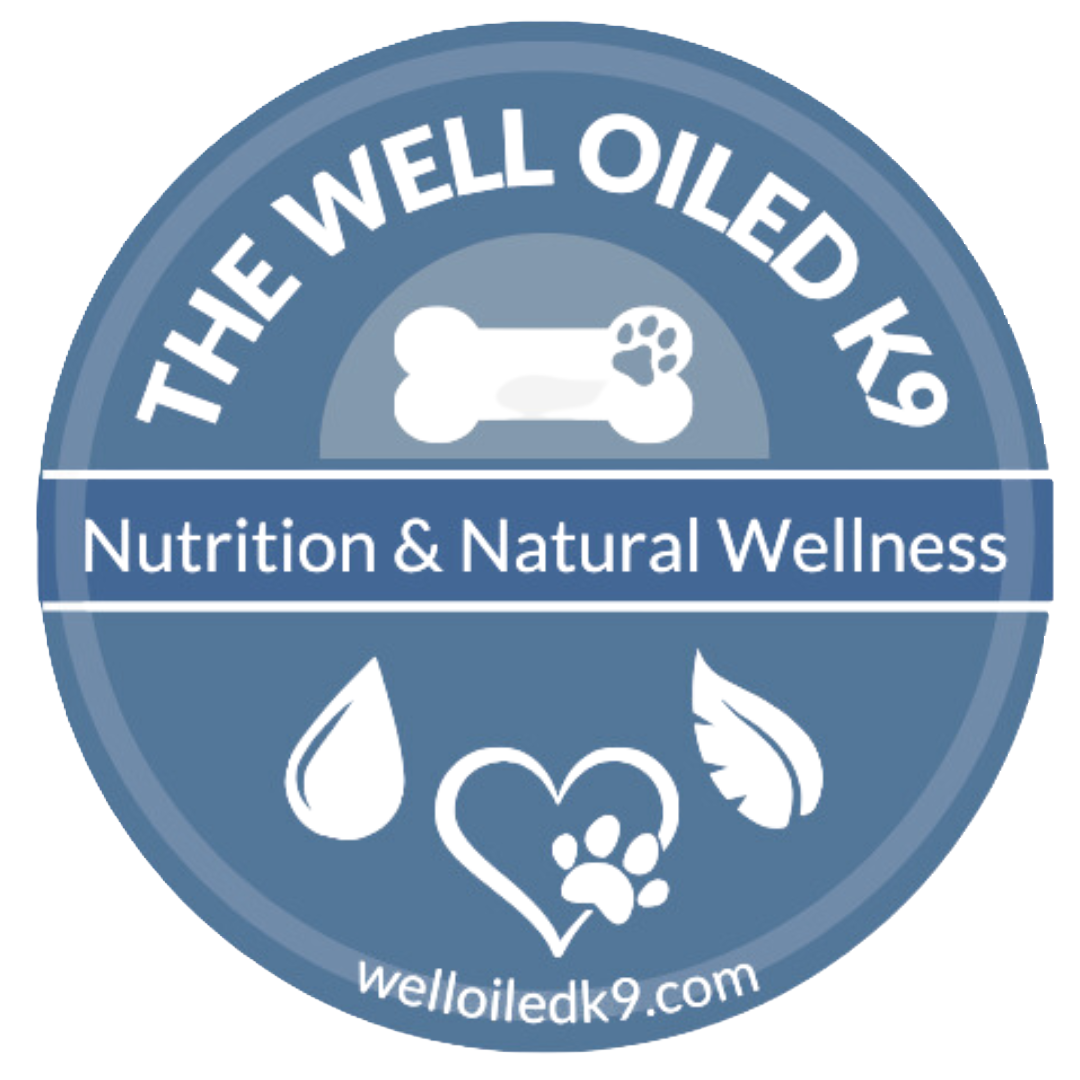Is Mold What’s Making Your Dog Sick?
Could It Be Mold
That’s making your dog sick, Itchy, hair loss?
Is Mold Making Your Dog Sick? How to Spot the Signs and Support Recovery Naturally
Have you tried everything—changing food, adding supplements, treating ear infections—and your dog is still itchy, gassy, anxious, or "just off"? You’re not alone. One hidden culprit we see more often than you'd think is mold exposure.
Mold exposure in dogs is one of the most overlooked root causes of chronic inflammation, immune issues, behavior changes, and gut problems. It doesn’t take a visible infestation to cause trouble. Mold hides in the air, your home, food bowls, and even kibble—and dogs are more sensitive than we are.
Let’s dig into how mold affects dogs, signs it might be the issue, and what you can do to support your dog’s recovery naturally.
What Is Mold Exposure in Dogs?
Mold is a fungus that thrives in damp, dark, humid environments. It spreads by releasing spores—tiny airborne particles your dog can inhale, ingest, or absorb through their skin or paws.
Certain types of mold also produce mycotoxins, which are toxic to your dog’s cells. These compounds damage the gut, weaken the immune system, burden the liver, and may even affect the brain.
Why Are Dogs So Sensitive to Mold?
Dogs breathe faster and closer to the ground than humans.
Their bedding, bowls, toys, and paws regularly come in contact with potential mold sources.
Their immune systems are often compromised due to vaccines, medications, stress, poor diet, or gut dysbiosis.
Even small exposures add up—and dogs already dealing with inflammation or immune challenges are at even higher risk.
Common Sources of Mold Exposure
Moldy or poorly stored dry food, treats, or supplements
HVAC systems, vents, and ductwork
Water damage (leaks behind walls, floors, windows)
Damp rooms (bathrooms, laundry rooms, garages)
Outdoor areas with wet leaves, mulch, compost
Pet bowls, toys, and bedding that aren’t cleaned regularly
See your veterinarian for an official diagnosis. Then you and I can collaborate on a wellness strategy to support your dog.
Signs Your Dog Might Be Affected by Mold
Symptoms vary depending on exposure, age, and immune status, but common signs include:
Constant itching, paw licking, or hot spots
Chronic or recurring ear infections
Red or irritated eyes
Sneezing, coughing, or nasal discharge
Diarrhea, vomiting, gassiness, or inconsistent stools
Yeast overgrowth (ears, paws, or skin odor)
Lethargy or sudden behavioral changes (clingy, irritable, anxious)
Seizures, tremors, or neurological issues in severe cases
If your dog has vague, persistent issues that don’t respond to treatment—or symptoms that return every time you stop supplements—mold could be the missing piece.
What Mold Does Inside the Body
Immune Suppression: Mycotoxins weaken your dog’s immune response, making them more prone to infections and inflammation.
Chronic Inflammation: Mold exposure triggers ongoing inflammatory responses that can affect joints, skin, or internal organs.
Gut Dysbiosis: Mold disrupts beneficial bacteria in the gut, leading to leaky gut, allergies, and nutrient malabsorption.
Neurological Impact: In some cases, mold toxins cross the blood-brain barrier and trigger confusion, anxiety, seizures, or behavioral shifts.
First Things First: Clean the Environment
Before diving into supplements, reduce exposure as much as possible:
Fix leaks, improve ventilation, and reduce indoor humidity below 50%
Wash bowls and bedding weekly
Run HEPA air purifiers and clean vents and filters
Use natural cleaners with essential oils like Thieves (Young Living) instead of bleach
Even if you don’t see visible mold, you may be dealing with hidden contamination in dry food, air systems, or pet gear.
How to Start Supporting Your Dog Naturally
✅ 1. Feed the Body, Not the Mold
Transition to a fresh or gently cooked diet
Eliminate dry kibble and carb-heavy snacks
Add anti-inflammatory foods like blueberries, dandelion greens, or pumpkin
Include bone broth and fermented veggies (as tolerated)
✅ 2. Detox with Care
Gentle Binders:
Activated charcoal (short-term use)
Bentonite clay (gentle and soothing)
Chlorella (binds toxins and provides trace nutrients)
Cellcore binders (ViradChem, Para 1, BioToxin Binder)
Always pair binders with hydration and mineral support.
✅ 3. Support Detox Organs
Supplements:
Milk Thistle (liver repair)
Dandelion Root (diuretic, kidney detox)
NAC (supports glutathione production)
Essential Oils:
Frankincense (cellular support)
Lemon (supports liver)
Copaiba (anti-inflammatory)
Carrot Seed, Myrrh (gut and liver help)
Use oils aromatically or diluted topically under guidance.
✅ 4. Replenish Minerals
Mold depletes critical trace minerals. Add Beam Minerals (Electrolyze + Micro-Boost) to support hydration, cell function, and detox pathways.
✅ 5. Add Herbal Support
Parsley: Diuretic and kidney support
Licorice Root: Adrenal and digestive soothing
Burdock Root: Liver and blood cleanser
Turmeric: Anti-inflammatory powerhouse
Add fresh herbs to food or use pet-safe tinctures as appropriate.
Holistic Tools That Help
Raindrop Technique: Combines immune-stimulating essential oils along the spine
Acupuncture/TCVM: Supports energy and organ flow
Massage or PEMF: Stimulates lymph movement
Hydrotherapy: Low-impact detox support
Top 5 Things to Do Today If You Suspect Mold
Switch your dog to a clean, fresh diet
Start diffusing Young Living Thieves daily
Wash pet gear weekly and clean vents
Add Beam Minerals for detox support
Contact me to explore a customized mold recovery plan
A Final Note from Dana
I’ve helped many clients uncover hidden mold exposure when nothing else made sense. Once addressed, we see amazing shifts in behavior, coat quality, digestion, and mood.
This is not a one-size-fits-all journey—but you don’t have to do it alone.
👉 Join my private community forum for exclusive protocols and Q&A
👉 Download the full Mold Detox Guide with step-by-step product support
👉 Shop trusted products through my affiliate page: https://welloiled9.com/affiliate-links
Let’s get your dog back to vibrant health.
Statements in this blog have not been evaluated by the FDA. Educational content only. Not intended to diagnose, treat, cure, or prevent any disease.
Want even more resources, Q&A, and discussions on nutrition? Join my community forum. Free and Subscription Content.

